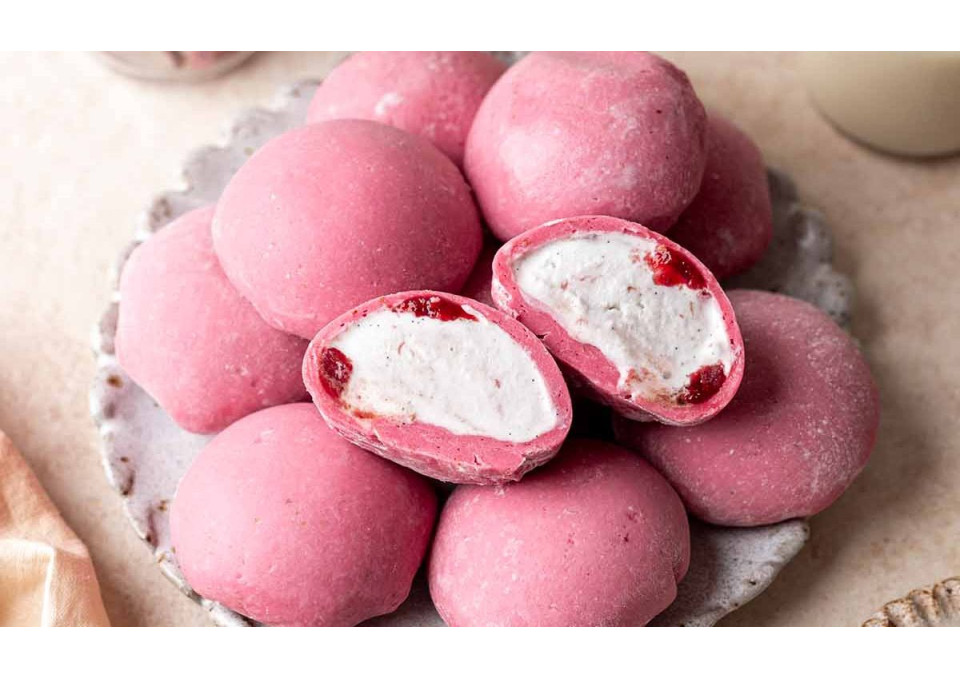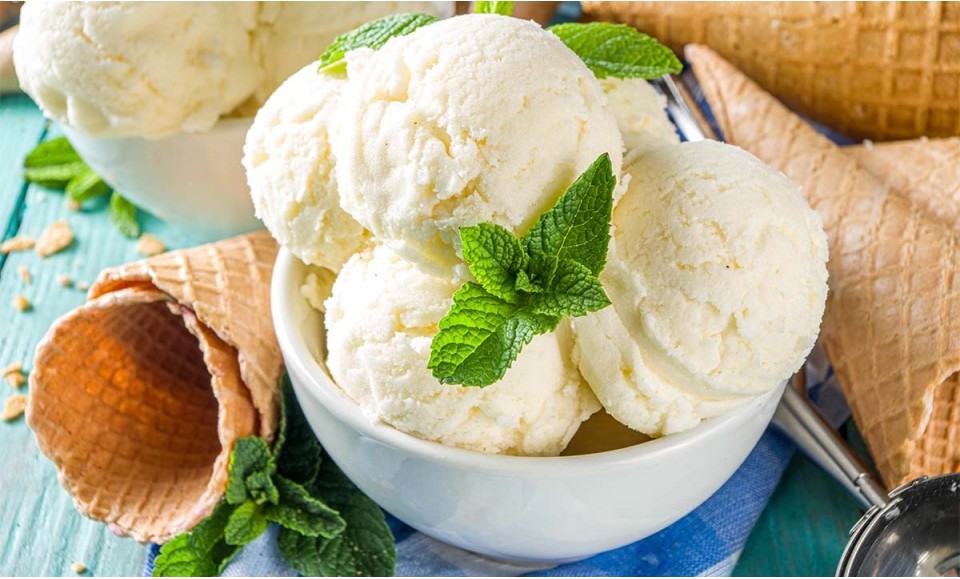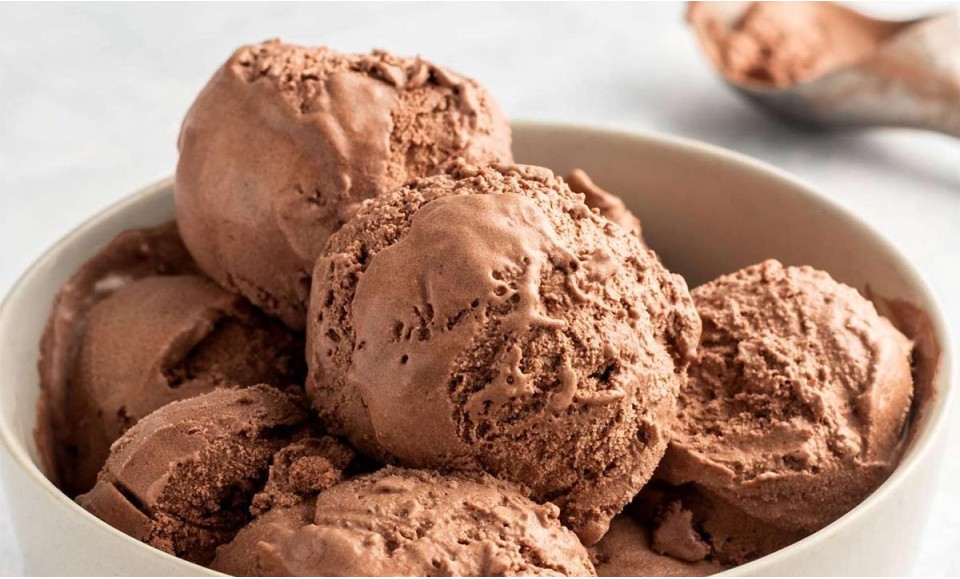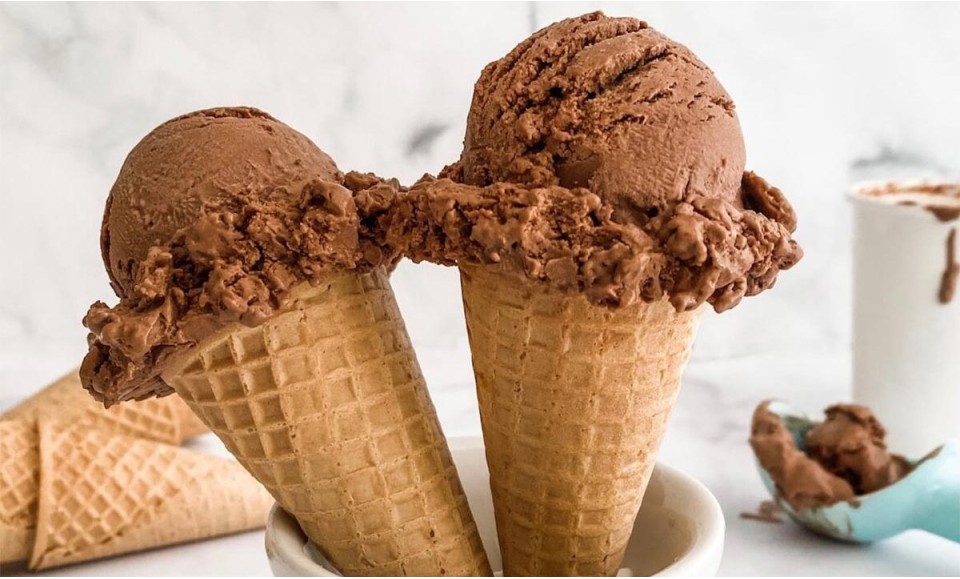Sweet Basil ice cream

Basil? In ice cream? Can that be nice? The answer is a resounding “YES”!
Sweet Basil ice cream
Yes, I was pretty sceptic for a long time. I’m not overly fond of “savoury” [not-sweet] ice creams and I didn’t think that basil would be a very appetising ice cream flavour. Thanks to lyrical testimonies from good friends like Eleonora, however, I decided to give it a try. And my friends were right – basil turned out to be a great ice cream flavour, and tasted quite unlike what I had expected too.
Basil – a story of love, death and the gates of heaven
Culturally, basil has been a quite prominent herb: many traditions claim that it has therapeutic and tonic qualities, the Greek and several other Orthodox churches use basil to sprinkle or prepare holy water, and the ancient Greeks and Egyptians believed that basil would open the gates of heaven for those about to die. Yes, a pot of basil even figures prominently in a tale of tragic love (see below!) in Boccaccio’s 14th century classic The Decameron.
The recipe
I wanted a custard-based recipe, but basil is a delicate herb and quite heat-sensitive – how to “save it” through the cooking process?
Turning to the incomparable ice cream guru David Lebovitz, I found what I was looking for!
David’s recipe is a quite typical and straightforward custard one, based on egg yolks and 2 parts cream to 1 part milk. However, his idea for how to keep (at least half of) the basil out of the heated cooking is quite ingenious!
Starting out with some of the key ingredients – heavy cream, sugar and a bunch of fresh basil leaves!
Adapting the recipe, I – as usual – opted for a slightly quicker method when preparing the custard: instead of the “classic” staged approach with tempering of eggs etcetera in David’s recipe, I went for the more “modernista” approach and simply put all the ingredients – eggs and dairy – together in the saucepan from the very start. With good eggs and some whisking, this simplification should provide you with equally excellent results.
In short, we start by processing the basil leaves together with sugar and cream into a smooth pasty cream.
Only half of this mix will continue down into the saucepan with the milk and the egg yolks – the other half will be mixed with the remaining cream and remain “uncooked”, only to be fused with the rest of the [then cooked] base at the very final stage.
Cooking the custard base is straightforward: While whisking along the way, bring the mix of egg yolks, milk and half of the basil-cream paste (along with a pinch of salt) up to the so-called Nappe-stage (about 82-84º Celsius /180-183 º F): at this point, the egg yolks contribute what they can in terms of stabilisation and the base should also be duly pasteurised.
Take off from the heat and mix the cooked base with the remaining cream and basil-cream you set aside before. Then add the lemon zest to this base.
 Subscribe & get 15% off + FREE shipping
Subscribe & get 15% off + FREE shipping Free shipping on orders over $50
Free shipping on orders over $50






Comments
No comment at this time!
Leave your comment